THE LUNGS OF EUROPE
The Perućica rainforest is one of the last rainforests in Europe that is located in Sutjeska National Park, tucked between Maglić, Volujko and the Sutjeska River in Bosnia and Herzegovina. Only nature rules here. Man is exclusively a guest. It is about 20,000 years old, and in 1952 it was declared an area of special natural importance, only to be declared a nature reserve under strict state protection just two years later. Due to its southern location in Europe, Perućica was a very important refuge area during the Ice Age, enabling numerous thermophilic species of the European north and its center to survive. The Ice Age also affected the area of Perućica, so its peaks were covered by glaciers, as evidenced today by the remains of glacial cirques and troughs, moraines of various character, glacial forms, and more. The lower parts of Perućica remained at least partially without ice cover, which enabled the development of flora and vegetation. With 1300 meter altitude, it represents a huge expanse; in some parts, it is very inaccessible. It is believed that no person fully knows the rainforest. There are trails that only the Sutjeska National Park guides know, and only through them, you can pass and partially feel the life of the wild unbridled jungle.
What is extremely important to note is that it is strictly forbidden to enter the rainforest without experienced national park guides. Each entry must be approved and accompanied by a guide. There are numerous examples of missing persons. It is full of beautiful untouched natural scenes, and one of them is Skakavac, a waterfall located in the heart of the rainforest over 70 meters high. The human hand has never had an impact on the birth-life-death cycle of plants and animals in this rainforest. It contains a large number of trees that are around 300 years old. Here you can find trees over 50 meters high; currently, the highest measured height is 57.4 meters. So far, over 170 species of trees and shrubs, and over 1000 species of herbaceous plants, many of which are endemic, have been registered.
According to scientists from Yale University, Peručica offers a unique study on the role of rainforests in the global carbon cycle, which makes it a perfect natural laboratory, which is why they rightly call it the "lungs of Europe". The animal world is very rich and diverse, with a large number of invertebrates, especially butterflies, but also amphibians, reptiles, and fish, 36 species and 18 families of mammals, and numerous species of birds. Wild cats, lynx, and blind dogs are considered a rare and rare game. Important mammals are bears, roe deer, wild boar, wolves, foxes, and badgers. This is just one more indicator in a series of how nature functions in perfect symbiosis and without human influence, and this clearly shows the fact that nature does not need man, while in the opposite case, it is necessary. In this regard, the protection of complete biodiversity as such should be an absolute imperative.


